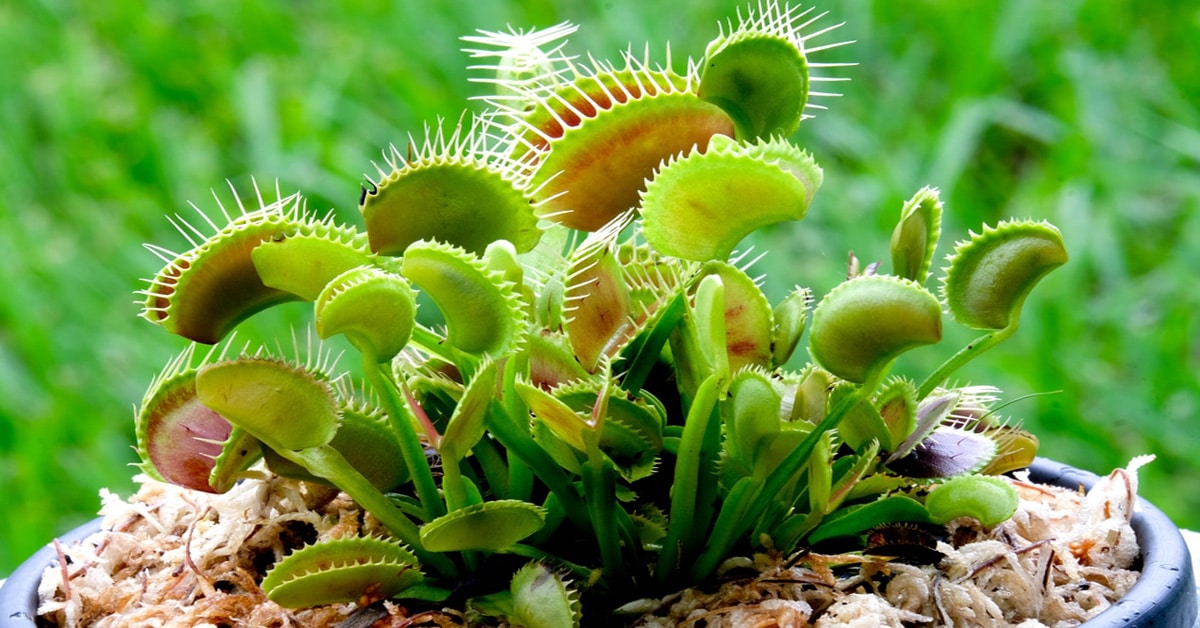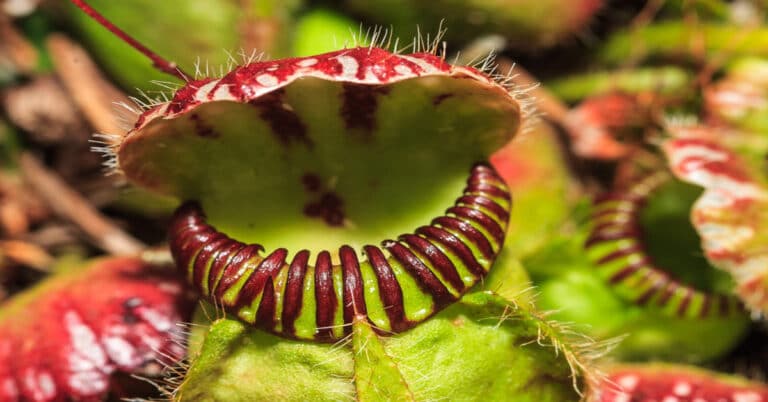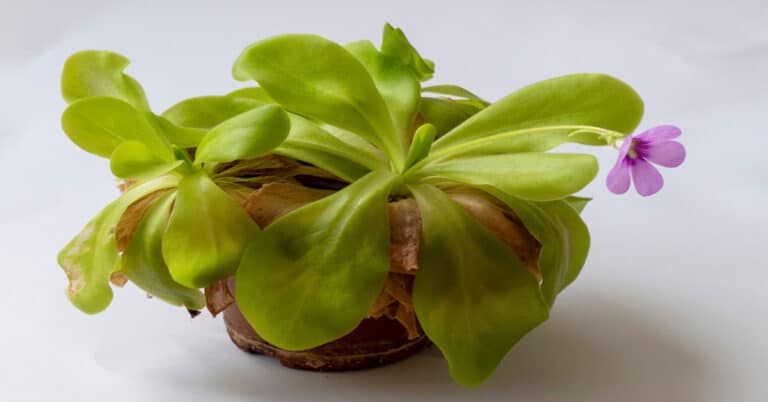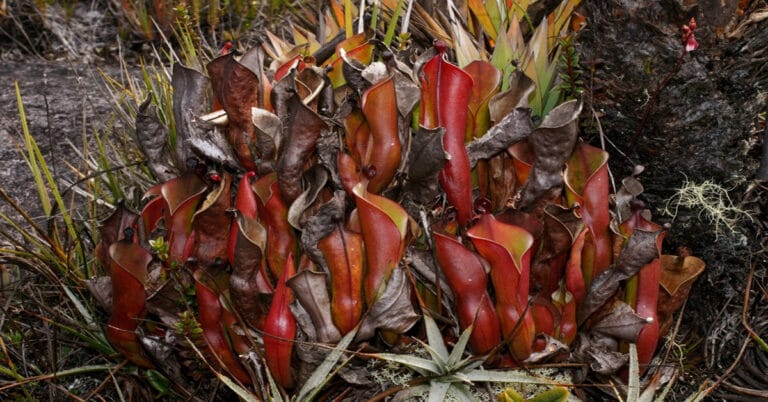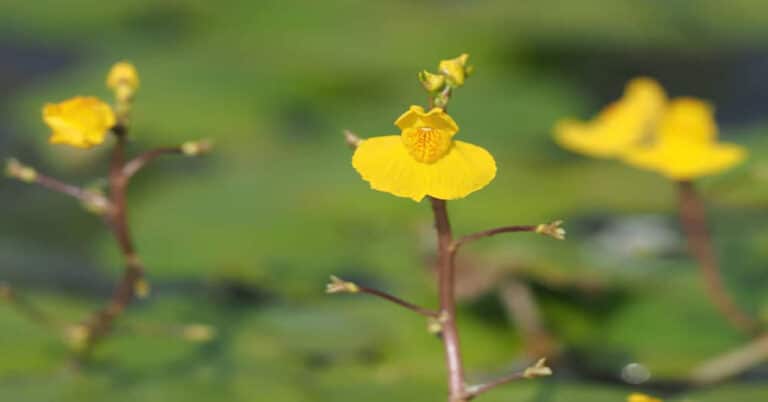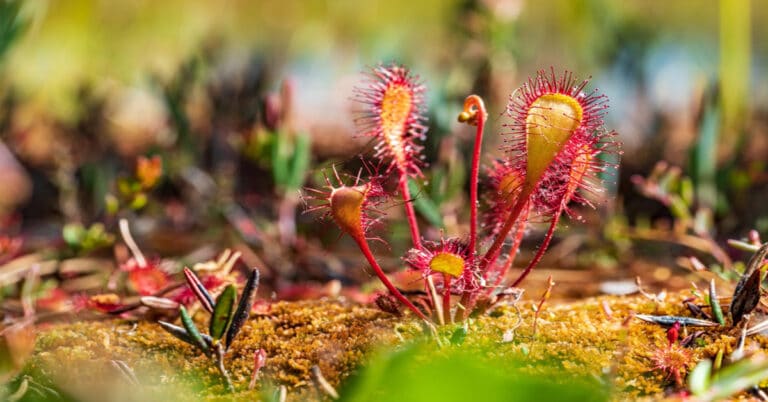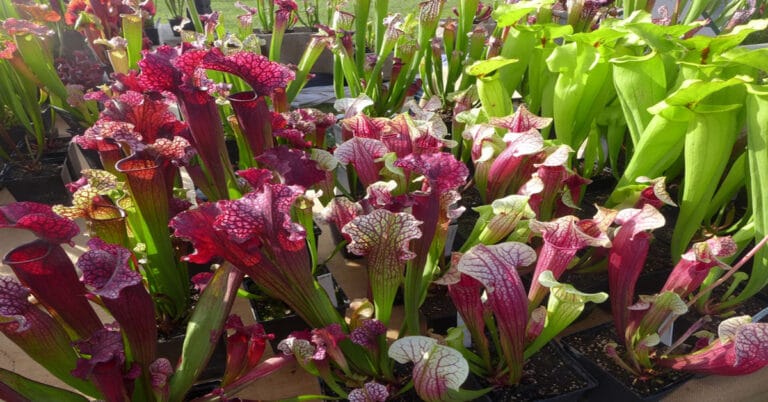Venus Fly Trap
The Venus flytrap or Dionaea Muscipula is a meat-eating plant that inhabits the subtropical swampland of the United States East Coast. It grasps its victims, mainly insects, and arachnids, with a trapping arrangement fashioned by the terminal section of each leaf of the plant, triggered by minute hairs that exist on their internal surfaces.
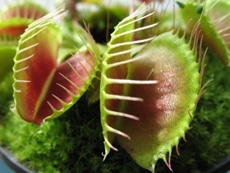
| Kingdom | Plantae (Plants) |
| (Unranked) | Eudicots |
| (Unranked) | Core Eudicots |
| (Unranked) | Angiosperms |
| Order | Caryophyllales |
| Family | Droseraceae |
| Genus | Dionaca |
| Genus | D. muscipula |
Description
With a tiny structure, the Venus flytrap has a rosette formed by 4- 7 leaves, arising from a small bulb-like stem that is subterranean. This is the best way to portray the plant. Each stem attains an utmost size, varying from 3 to 10 cm, depending on the season. You can find longer leaves having strong traps typically formed after flowering. A flytrap having over seven leaves, form colonies, created by rosettes (circular collection of leaves, wherein all the leaves have the same height) that have their divisions under the ground. Two sections, one flat and the other heart-shaped form the leaf blades.
Prey Selectivity
Carnivorous plants usually survive on specific prey. They base their selection of victims on the available prey and the nature of trap employed by the organism. The Venus flytrap restricts its victims to spiders, beetles, and other swarming arthropods. Actually, the Dionaea diet comprises of 30% spiders, 33% ants, 10% beetles, and 10% grasshoppers, with less than 5% flying insects.
Mechanism of Trapping
The Venus flytrap is one of a very small group of plants capable of rapid movement. The trap employed by flytrap Venus is similar to the traps employed by the Telegraph plant, Mimosa, bladderworts and sundews. With the help of its trapping mechanism, the Venus flytrap catches its prey.
The leaf blade has two sections; one is flat while the other hangs from the midriff as a heart-shaped petiole, making real leaf as the trap. The pigments are on the top surface of these lobes and its edges exude mucilage.
You can see the fast plant movements by noticing the lobes snapping shut when stirred by prey. The arrangement for trapping trips as the prey meets any one of the three trichomes that have a hair like construction that you can find on the surface of the lobe surfaces.
The trapping arrangement is highly sensitive and can make out between non-food items and live prey. As a prey strokes two-trigger hairs in sequence within a gap of twenty seconds or strokes one hair twice in quick succession, the trap lobes shut instantaneously.
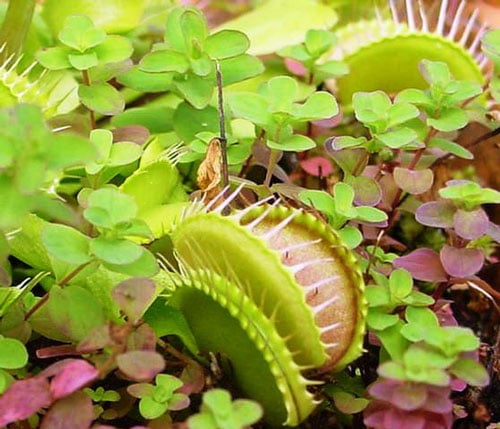
Digestion
The moving and trapped prey will arouse the lobe insides to enhance their growth response, forcing the lobe edges to come closer and hermetically seal the trap. Simultaneously a stomach forms, and here, secreting the enzymes from the glands and the lobes facilitate the digestion process.
Habitat
Surviving on wet peaty and sandy soils, you normally find these Venus flytraps growing in environments like the savannas that are low on phosphorus and nitrogen.
Tips for Domestic Cultivation
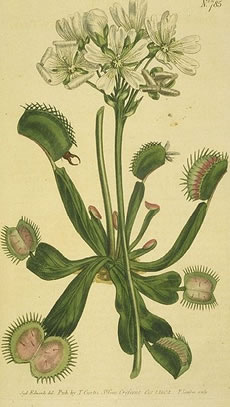
Most domestic growers treat the Venus flytraps as an encouraging species to cultivate at home, but these plants sometimes are not easy to grow. Most successful growers have achieved success only by replicating the conditions to those prevailing in their natural habitat.
Substrate
Good acidic soil with drainage proves ideal for these Venus flytraps. If you want to cultivate them at home, use a substrate of 65 % sphagnum moss and 35 % sand, because this mixture provides for good drainage and moisture retention. Make sure never to add fertilizers, but add a little lime to the soil.
Light
Though bright light is more compatible to Venus Flytraps, they can manage well in partial shade as well. If you are using a glass for a case, make sure that you do not expose them to full sunlight in summer, to avoid them from burning up. When you use artificial fluorescent lights, keep them a safe distance of about 7-8 inches away from the flytraps. Long spindly leaves and inadequate pink interior remind us that their sunlight quotient is poor.
Humidity
Environmental humidity, moist soil levels and preventing the plants to grow in standing water are not good for the plants. Make sure also that you use pots with drainage holes, and place a layer of gravel in the substrate to facilitate draining. Good air circulation keeps the plants healthy, and use distilled water to prevent the ill effects of mineral and chemical contaminated water.
Food for Venus Flytraps
The Venus flytrap eats only live food, including flies and other small insects. Dead animals are of no use, because the trap cannot consume and digest if it is not moving inside the trap. Moreover, you should ensure that the insects would fit comfortably in the trap.
For convenience, grow the Venus Flytraps inside a glass terrarium, and release the live insects inside the tank with a closed lid, for them to attract and consume the prey. Venus Fly Trap Terrarium Starter Kit.

Having discovered a fondness for insects while pursuing her degree in Biology, Randi Jones was quite bugged to know that people usually dismissed these little creatures as “creepy-crawlies”.

